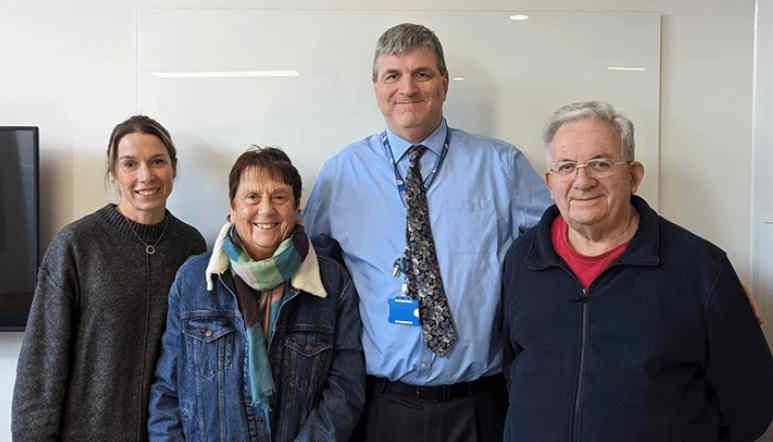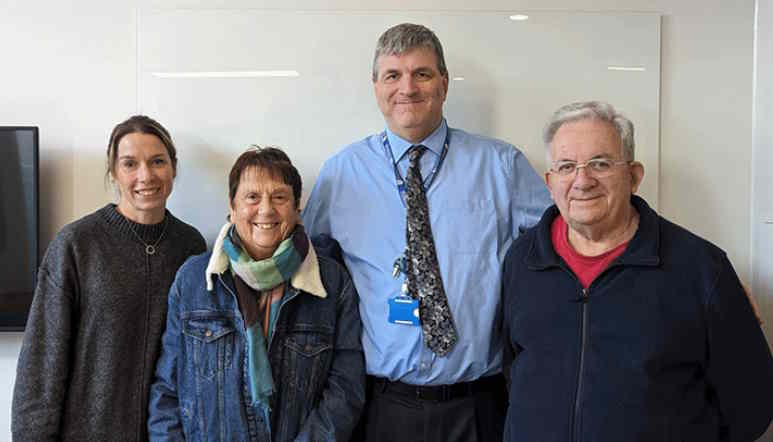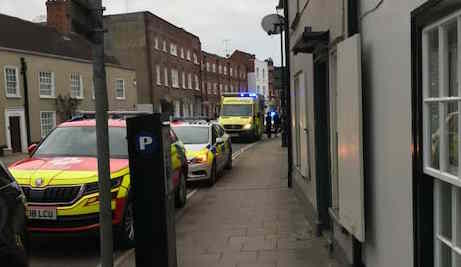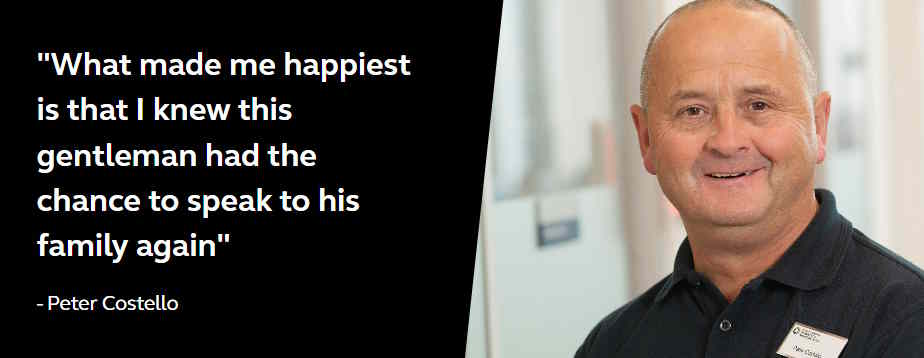
Today, we are inspired by recent heroic acts in England where quick thinking and first aid skills made all the difference. These stories remind us of the importance of being prepared for emergencies. Let's dive in!
In December 2023, Professor Simon Gay, Head of the Medical School at the University of Leicester, saved a man named Richard Hanscombe who collapsed due to cardiac arrest during a chess match. Professor Gay immediately recognised the emergency and began administering CPR until the emergency services arrived. Richard was later taken to Glenfield Hospital where he made a remarkable recovery, much to the joy of his family who had feared the worst.

In a dramatic incident in Henley-on-Thames, José Goumal collapsed from a cardiac arrest outside Adam Court. Three local women, Rachael Dobson, Petra Hughes, and Charlie Turner, along with Darren Richardson, a passerby from Luton, initiated CPR. Darren, who had basic first aid training, was assisted by a paramedic who fetched a nearby defibrillator and a radiographer from the Royal Berkshire Hospital. Their collective efforts ensured José was stabilised and transported to the hospital where he later recovered.

An 18-year-old lifeguard at a leisure centre in Fareham saved a 15-year-old boy who suffered two cardiac arrests while working out. The lifeguard's prompt action in performing CPR was crucial in keeping the boy alive until paramedics arrived.

Why It's Important: CPR is a lifesaving technique that maintains blood flow to the brain and heart in emergency situations like cardiac arrest.
How to Perform CPR:
Why It's Important: An AED can restore a normal heart rhythm in cases of sudden cardiac arrest.
How to Use an AED:
These stories highlight the critical importance of knowing first aid and CPR. The quick actions of individuals in emergencies can save lives and make a profound difference. We encourage everyone to learn these vital skills. Remember, in an emergency, every second counts.
For more information on CPR and first aid training, visit the Our Training Course page.